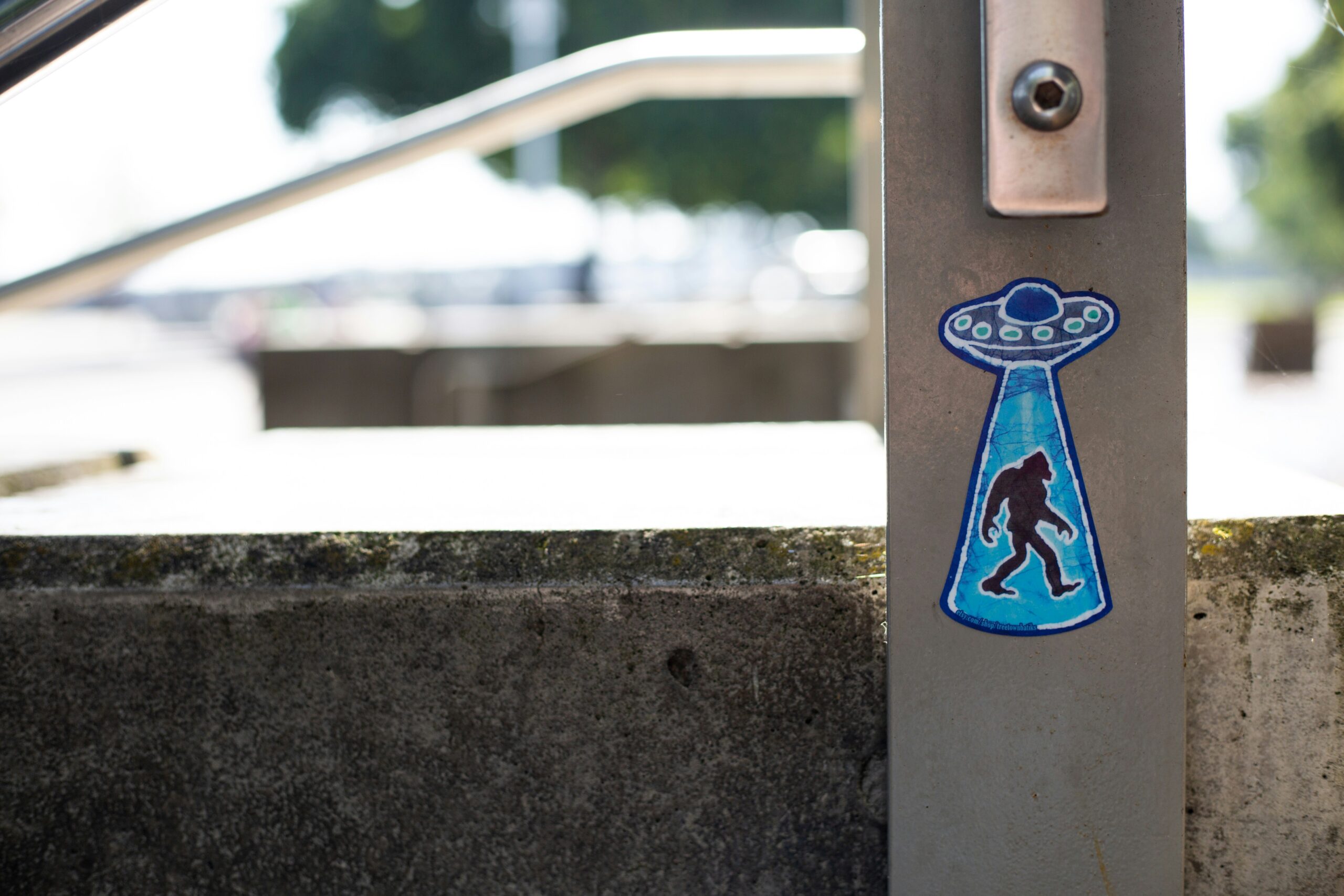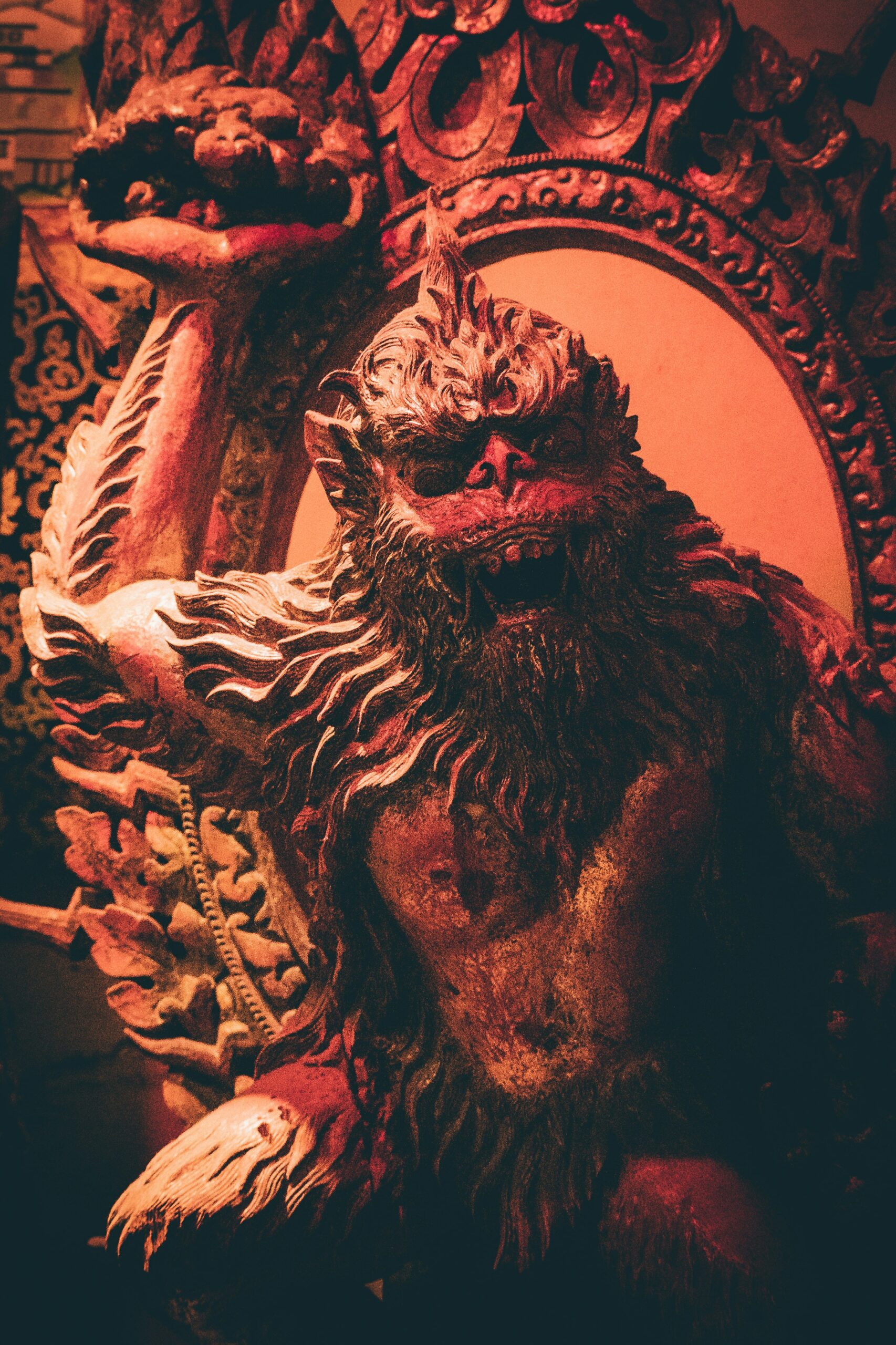Have you ever wondered about the tales and legends that surround the mysterious Mount Shasta? This majestic peak, located in Northern California, is not only a natural wonder but also a hotspot for intriguing local myths and urban legends. One of the most compelling phenomena associated with Mount Shasta is the lore of Bigfoot.
The Enigma of Bigfoot
For centuries, Bigfoot has been a subject of fascination and intrigue. Known by many names, such as Sasquatch, this elusive creature is said to roam the forests of North America. Mount Shasta is one of Bigfoot's popular haunts, fuelled by numerous sightings and strange occurrences. But why Mount Shasta? What makes this location so special?
A Brief History of Bigfoot
Bigfoot has appeared in the lore of various Native American tribes for centuries. These stories often describe a large, hairy humanoid creature that inhabits the forests and remote regions. The name “Sasquatch” itself is derived from the Halkomelem language of the Coast Salish people. Over time, these ancient myths have evolved into modern-day legends, often fueled by mysterious sightings and alleged encounters.
Why Mount Shasta?
Mount Shasta isn't just any mountain—it's a place enveloped in mystique and spiritual significance. This volcanic peak, towering at over 14,000 feet, is considered sacred by Native American tribes and attracts spiritual seekers from around the globe. With its dense forests, remote caves, and rugged terrain, Mount Shasta offers the perfect backdrop for the elusive Bigfoot's habitat.
Famous Sightings and Stories
Numerous sightings of Bigfoot on Mount Shasta have been reported over the years, ranging from fleeting glimpses to prolonged encounters. These stories often vary but share a common thread of intrigue and mystery.
The 1960s Boom in Sightings
The 1960s marked a significant boom in Bigfoot sightings around Mount Shasta. Residents and hikers frequently reported seeing a large, ape-like creature roaming the forests. Many testimonies came from credible witnesses, further fueling the legend. One notable case involved a group of campers who claimed to have been chased by a towering figure resembling Bigfoot.
| Year | Witness Description | Event Summary |
|---|---|---|
| 1963 | Group of campers | Claimed to be chased by a large, hairy figure. |
| 1966 | Local lumberjack | Reported seeing an ape-like creature crossing a logging trail. |
| 1969 | Hikers in the Shasta forest | Described a large, bipedal creature watching them from a distance. |
The Formation of Bigfoot Research Organizations
During this decade, the surge in sightings led to the formation of dedicated research organizations. Groups such as the Bigfoot Research Organization (BRO) and the Sasquatch Investigation Team (SIT) emerged, committed to studying the phenomenon. These groups conducted expeditions, gathered testimonies, and analyzed evidence to deepen our understanding of Bigfoot.

Scientific Perspective
While the stories are captivating, it’s essential to consider the scientific perspective. What does science say about the existence of Bigfoot?
Lack of Concrete Evidence
To date, no concrete evidence universally accepted by the scientific community supports the existence of Bigfoot. Despite numerous alleged sightings and footprint casts, the lack of verifiable physical evidence leaves the creature in the realm of folklore rather than scientific fact.
Possible Explanations
Several theories attempt to explain Bigfoot sightings. Some suggest that the sightings could be encounters with known animals, such as bears, misinterpreted due to poor visibility or fear. Others propose that hoaxes and fabricated stories contribute to the legend’s persistence. Finally, modern psychology offers the suggestion of “paradolia,” where humans perceive familiar patterns—like faces or figures—in inanimate objects or shadows.
Ongoing Research and Technological Advances
Despite the skepticism, research continues. Advances in technology, such as DNA analysis and drone surveillance, offer new avenues to explore the Bigfoot mystery. Recent expeditions are increasingly incorporating these technologies in hopes of finding definitive answers.
Bigfoot in Pop Culture
Bigfoot is not merely a figure in local myths but has found its way into popular culture, symbolizing the unknown and the natural world’s enduring mysteries.
Early Depictions and Popularity Surge
The mid-20th century saw a surge in Bigfoot's popularity, partly due to the Patterson-Gimlin film of 1967. This controversial footage, purportedly showing a Bigfoot in Northern California, captivated audiences and ignited widespread interest.
Movies, Books, and TV Shows
Bigfoot has inspired countless movies, books, and TV shows. From documentaries to fictional dramas, the creature's allure transcends cultural boundaries. Shows like “Finding Bigfoot” and movies like “Harry and the Hendersons” have kept the legend alive in modern media.
| Medium | Title | Description |
|---|---|---|
| Movie | “Harry and the Hendersons” | A heartwarming 1987 film about a family that encounters Bigfoot. |
| TV Show | “Finding Bigfoot” | A reality TV show following investigators as they search for Bigfoot evidence. |
| Documentary | “Bigfoot: The Evidence Files” | A documentary examining the most compelling Bigfoot sightings and evidence. |

The Spiritual Aspect
Mount Shasta is considered a spiritual vortex, a place where people travel for healing, enlightenment, and, at times, to encounter the mysterious.
Native American Beliefs
For Native American tribes, Mount Shasta is a sacred place. Various tribes, including the Wintu and Modoc, have legends describing the mountain as a home to spirits and mystical beings. Some tales even reference creatures similar to Bigfoot, describing them as guardians of the forest.
New Age Beliefs
In modern times, Mount Shasta has become a focal point for New Age beliefs. The mountain is considered a powerful spiritual site, attracting those interested in meditation, crystal healing, and other metaphysical practices. For some, Bigfoot is seen not just as a physical entity but as a being possessing spiritual significance.
Conservation and Environmental Impact
The ongoing myth of Bigfoot has had unintended effects on Mount Shasta's environment. Increased tourism and Bigfoot hunts contribute to environmental stress.
Preservation Efforts
Conservationists are concerned about preserving Mount Shasta's natural beauty amid its increasing fame. Efforts are being made to balance tourism with conservation, ensuring that the area remains pristine for future generations.
Responsible Tourism
If you plan to venture into Bigfoot territory, it’s crucial to follow responsible tourism guidelines. Stick to authorized trails, respect wildlife, and carry out all trash to minimize the impact on the environment.

Personal Encounters and Modern-Day Experiences
Even in recent years, people continue to report encounters with Bigfoot on Mount Shasta. These stories, shared by both locals and visitors, keep the legend alive.
Testimonials from Locals
Local residents often share personal stories of encounters or strange happenings. From unexplained noises to glimpses of shadowy figures, these tales contribute to the enduring allure of Bigfoot.
Visitor Accounts
Tourists, especially those drawn to Mount Shasta's spiritual aspects, sometimes report unusual experiences. Some claim to have seen tracks, found hair samples, or even encountered the creature itself. These accounts are often posted online, fueling ongoing discussions and theories.
The Debate Continues
The myth of Bigfoot on Mount Shasta is a subject of both fascination and debate. While some staunchly believe in the creature's existence, others remain skeptical.
The Role of Skepticism
Skepticism plays a vital role in the Bigfoot debate. It ensures that claims are critically examined and encourages a scientific approach to understanding the phenomenon. Skeptics often highlight the lack of physical evidence and the possibility of misidentifications or hoaxes.
The Believer’s Perspective
Believers argue that the sheer volume of sightings and historical accounts suggests there might be some truth behind the legend. They point to the consistency of descriptions over centuries and across cultures as evidence that Bigfoot could be real.
Conclusion: Embracing the Mystery
Regardless of where you stand on the existence of Bigfoot, there's no denying the allure of the legend. Mount Shasta remains a captivating destination, inviting both skeptics and believers to explore its mysteries. Whether Bigfoot is a figment of the human imagination, a misunderstood animal, or a yet-to-be-discovered species, the stories enrich our cultural tapestry and ignite our curiosity.
So, next time you find yourself near Mount Shasta, keep an open mind. Whether you encounter Bigfoot or not, the journey itself – filled with breathtaking landscapes, rich history, and a touch of the unknown – is an adventure worth undertaking.
